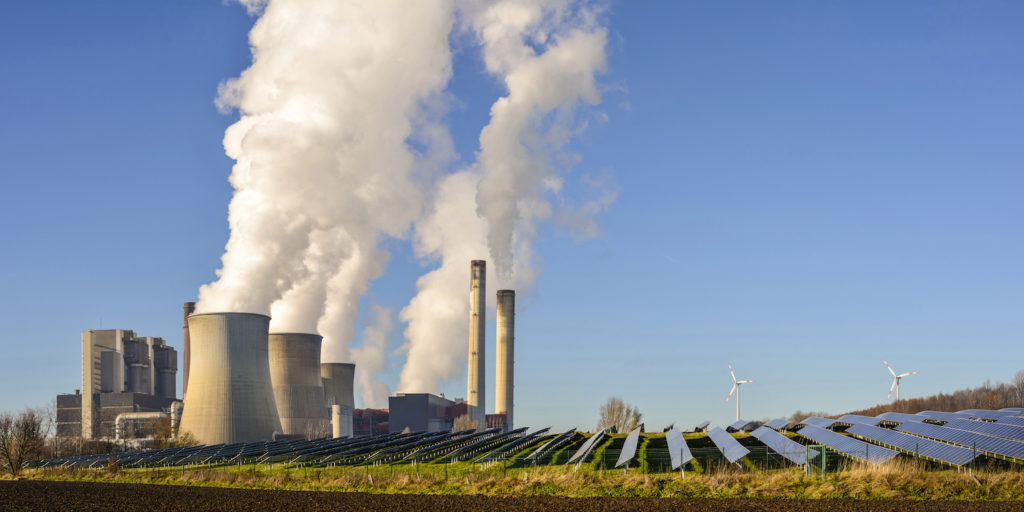The government of Bangladesh is considering ways to protect investment in solar mini grids in the nation amid fears extensive plans for new fossil fuel power generation capacity will deter renewable energy developers.
The government has already overseen the development of 11 solar mini grids in parts of the country not served by the national power network. The 2.19 MW of solar power generated by that infrastructure is set to be supplemented by a further 15 mini grids.
However, the government’s eagerness to provide electricity for all in the power-hungry nation has seen it also sign huge fossil fuel deals, such as the recent memorandum of understanding signed with Saudi power company ACWA Power, which intends to deploy 3.6 GW of new natural gas generation capacity in Bangladesh.
Plans for several gigawatts of new coal-fired generation capacity are also in the two to three-year development pipeline in a country which already imports 1.1 GW of its electricity from neighboring India and which plans to raise that figure as Bangladesh’s booming clothing industry continues to drive demand.
Fossil fuel commitments
The fear is that the nation’s fossil fuel – and nuclear – generation commitments will see the national grid reach much further than it does at present, thereby killing the business case for solar mini grids and deterring renewables investors. Paradoxically, such an outcome would threaten the government’s plans for universal access to electricity.
A high-powered committee has been formed in Dhaka to consider possible solutions to the dilemma by protecting mini grid investment and potentially incorporating mini grid-generated power into the national network.
Siddique Zobair, head of the committee and a member of the Bangladesh Sustainable and Renewable Energy Development Authority, told pv magazine national grid expansion is a threat to solar. “We need to provide protection to solar mini grids to ensure electricity for all,” he said, adding the committee would convene soon.
The government currently provides half the cost of developing solar mini grids as a grant, with 30% of the balance supplied as a long term loan. Developers having to source the remaining 20%.
This content is protected by copyright and may not be reused. If you want to cooperate with us and would like to reuse some of our content, please contact: editors@pv-magazine.com.



By submitting this form you agree to pv magazine using your data for the purposes of publishing your comment.
Your personal data will only be disclosed or otherwise transmitted to third parties for the purposes of spam filtering or if this is necessary for technical maintenance of the website. Any other transfer to third parties will not take place unless this is justified on the basis of applicable data protection regulations or if pv magazine is legally obliged to do so.
You may revoke this consent at any time with effect for the future, in which case your personal data will be deleted immediately. Otherwise, your data will be deleted if pv magazine has processed your request or the purpose of data storage is fulfilled.
Further information on data privacy can be found in our Data Protection Policy.